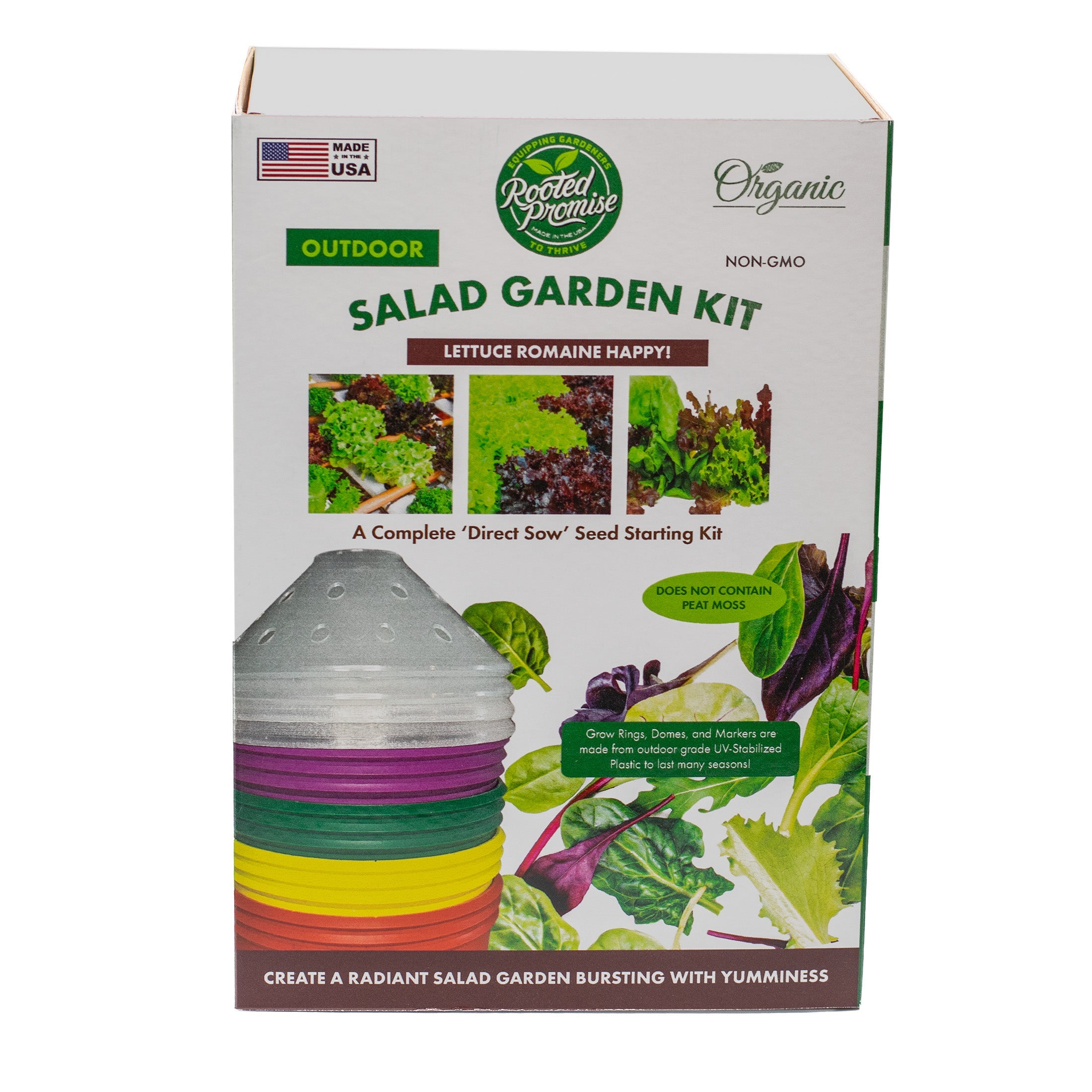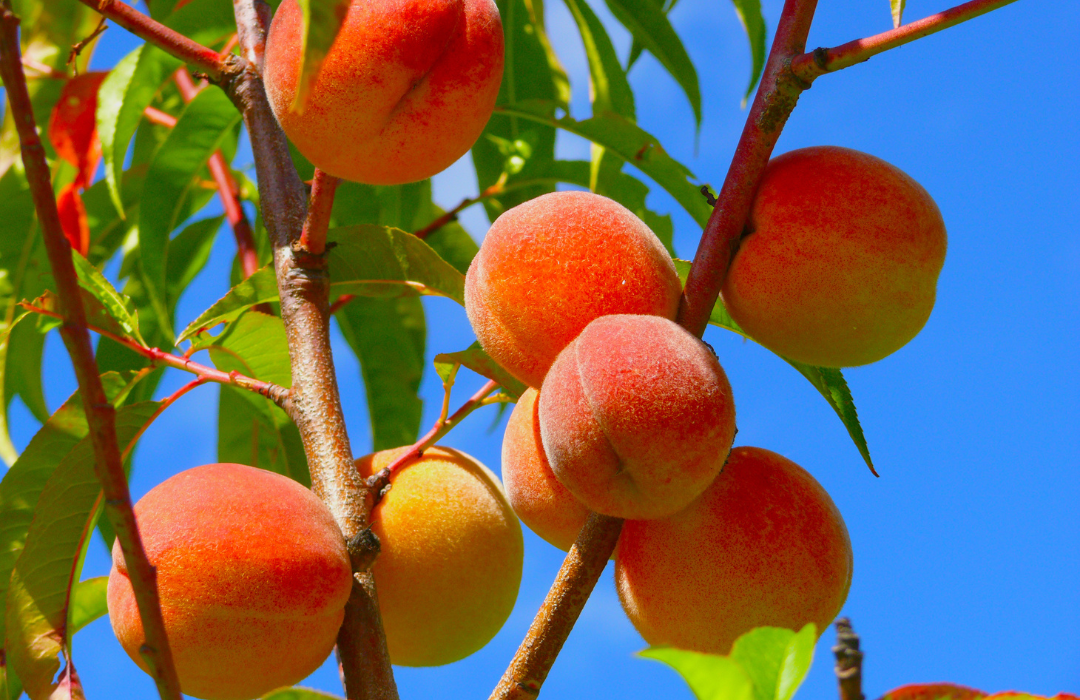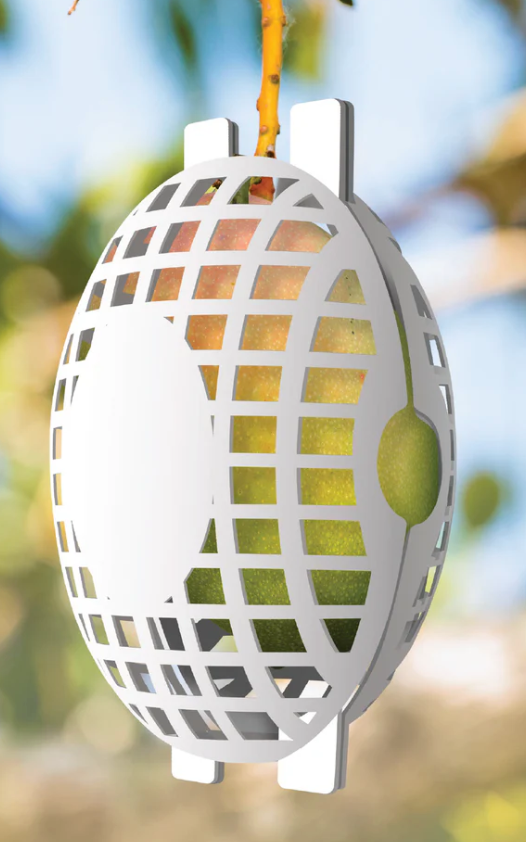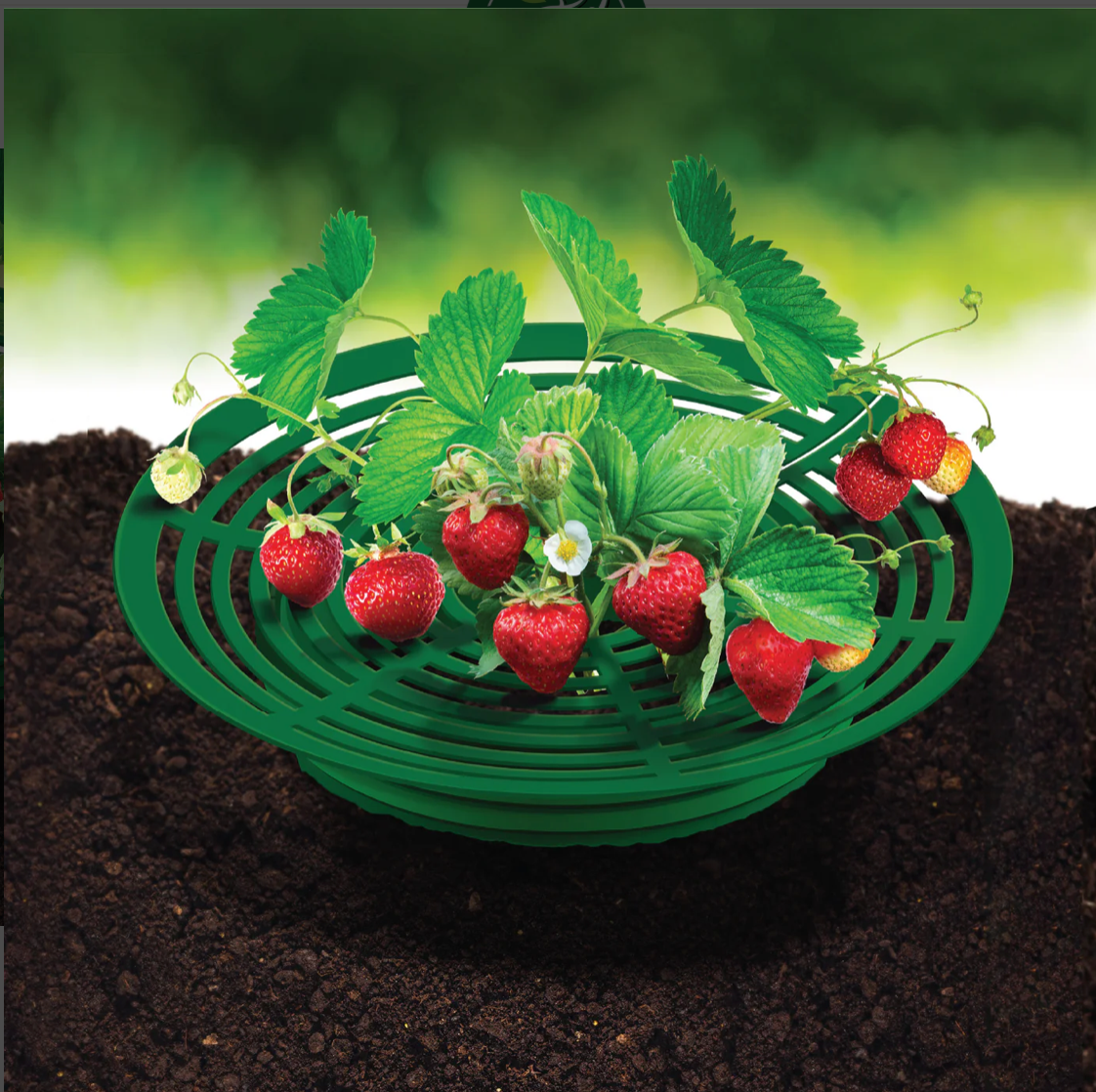Introduction
Winter doesn’t have to mean bland meals or empty gardens. Cold-season vegetables not only thrive in cooler weather but also make fantastic ingredients for hearty and flavorful side dishes. Whether you’re growing them in your backyard or picking them up at your local market, these winter vegetables bring freshness and variety to your table.
Here’s a guide to some of the best winter vegetables and ideas for turning them into delicious sides.
Brussels Sprouts
Brussels sprouts are a classic winter vegetable that love the cold and taste even sweeter after a frost. These mini cabbages are nutrient-dense and versatile, making them a favorite for side dishes.
Growing Tip: Plant in late summer or fall for a winter harvest. They thrive in cool temperatures and can tolerate frost.
Cooking Idea: Roast Brussels sprouts with olive oil, garlic, and a touch of balsamic glaze for a caramelized, flavorful side.
Kale
Kale is a hardy green that grows well in winter and becomes more tender after exposure to frost. Packed with vitamins and antioxidants, it’s a nutritional powerhouse.
Growing Tip: Harvest individual leaves throughout winter for a continuous supply. Kale can survive in temperatures as low as 20°F.
Cooking Idea: Sauté kale with garlic, olive oil, and a pinch of red pepper flakes, or add it to a winter salad with cranberries and walnuts.
Carrots
Carrots are a root vegetable that sweeten in cold weather, making them perfect for winter cooking. Their natural sweetness pairs well with savory and spiced dishes.
Growing Tip: Plant carrots in late summer for a winter harvest. Mulch them well to protect against hard freezes.
Cooking Idea: Roast carrots with honey, thyme, and a sprinkle of cumin for a side dish that’s both earthy and sweet.
Parsnips
Often overlooked, parsnips are a cousin to carrots and offer a slightly nutty, sweet flavor. They’re a winter favorite for soups, mashes, and roasted sides.
Growing Tip: Parsnips need a long growing season and taste best after a frost. Harvest them in late fall or early winter.
Cooking Idea: Mash parsnips with butter, cream, and a pinch of nutmeg for a creamy and comforting winter side.
Winter Squash
Winter squashes like butternut, acorn, and delicata are rich, hearty, and full of flavor. They store well, making them a great choice for the colder months.
Growing Tip: Winter squash is typically harvested in late fall but stores well into winter. Keep them in a cool, dry place.
Cooking Idea: Cube and roast butternut squash with rosemary and olive oil, or stuff acorn squash with a wild rice and cranberry mixture for a festive side.
Leeks
Leeks are a cold-hardy allium with a mild, onion-like flavor. They add depth to soups, casseroles, and side dishes.
Growing Tip: Plant leeks in late summer for a winter harvest. Mound soil around the base to keep the stalks tender and white.
Cooking Idea: Sauté leeks and mix them with creamy mashed potatoes for a rich and flavorful twist on a classic side.
Beets
Beets are an earthy, colorful root vegetable that thrive in colder weather. Their deep red and golden hues add vibrancy to any winter table.
Growing Tip: Beets grow well in fall and can survive light frosts. Harvest them when the roots are about 2 inches in diameter.
Cooking Idea: Roast beets and toss them with a simple vinaigrette and goat cheese for a sweet and tangy side dish.
Conclusion
Winter vegetables bring more than just nutrients to the table—they add flavor, color, and variety to your meals. Whether you’re roasting Brussels sprouts, mashing parsnips, or sautéing kale, these cold-season crops make side dishes that complement any main course. Try growing a few in your garden or look for them at your local farmers market for fresh, flavorful additions to your winter menu.













